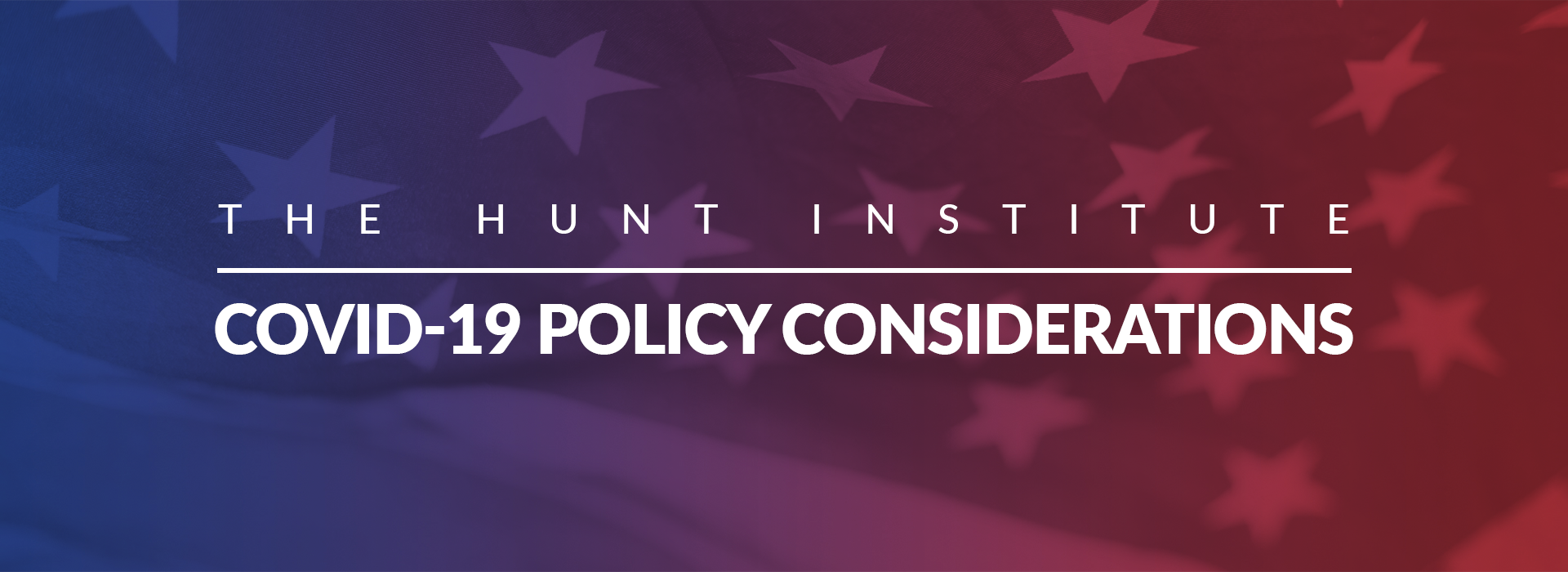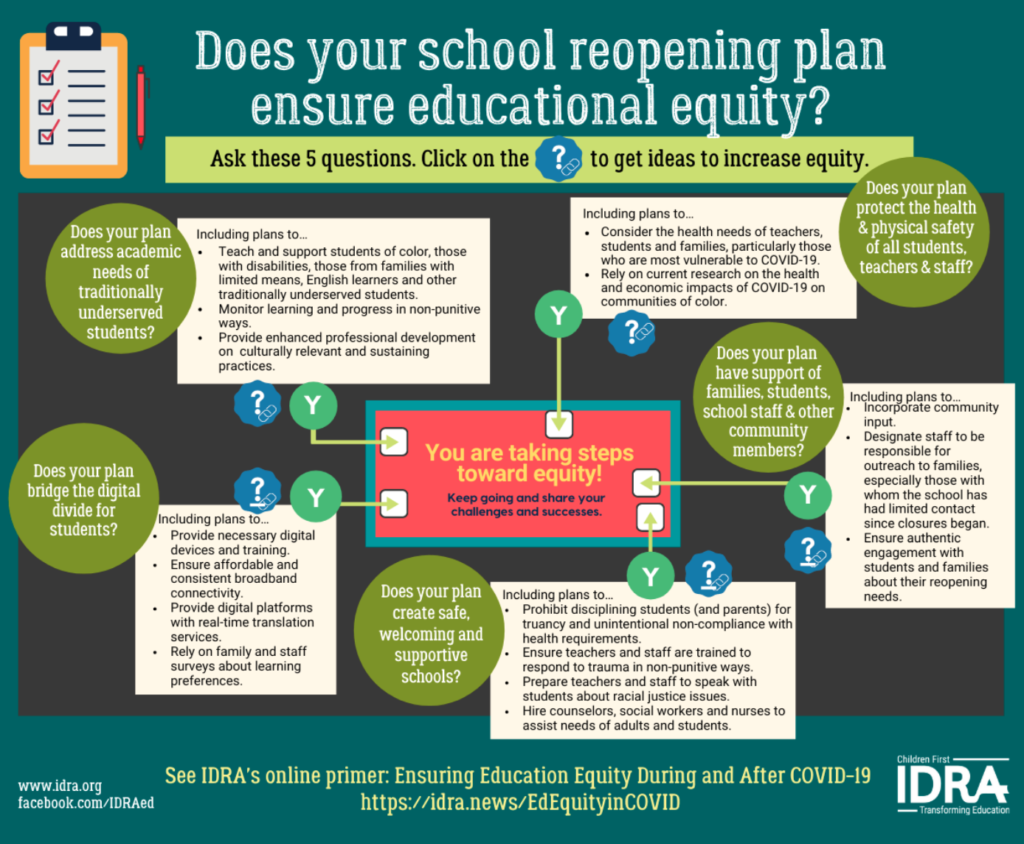

November 12, 2020
The COVID-19 pandemic has presented many challenges for students and educators returning to learning during the 2020-2021 school year. In a historic disruption, nearly every school in the United States faced a swift transition to nontraditional learning methods last spring when schools were forced to shift to some form of distance learning practically overnight. In mid-May, states began the process of easing restrictions and seeking a balance between stimulating economies and protecting public health. However, finding the safest way to get students back to in-person learning has been extremely difficult.
Throughout the summer, districts around the country worked to develop plans for the 2020-2021 school year with varying degrees of guidance from states and local boards of education. School and district leaders confronted difficult decisions as they evaluated how to reopen school buildings in a way that ensured learning could take place while also keeping students, teachers, and staff safe. As the school year began, some schools reopened for in-person instruction, with some having to once again close in response to coronavirus outbreaks. However, the overall trend is leaning towards a reopening of in-person instruction. A survey conducted by the Washington Post found that of the 50 biggest school districts, 24 have resumed in-person learning for large groups of students, with 11 others currently planning to also transition in the upcoming weeks. Challenges still exist for rural schools, which often don’t have the proper infrastructure or systems to adequately distribute PPE as larger districts.
As district and education leaders decide how best to safely reconvene students in person, various approaches have been considered. However, as stakeholders weigh which reopening strategy best meets the needs of their communities, we must remember that health, safety, and equity should be at the forefront of the decision-making process.
With no clear nationwide understanding of the prevalence of COVID-19 cases in K-12 schools, and a tendency towards strong local control of public education, states and districts have established their own guidelines in regard to school reopening. This has resulted in incredibly varied approaches to providing education during the pandemic. Depending on state and local guidance, a district may provide in-person instruction, remote instruction, or a hybrid approach which offers some combination of in-person and remote.
Some states, such as California, issued guidelines which barred districts from reopening if transmission rates became too high. Other states, like Florida, pushed schools to reopen to serve students with in-person instruction. Chicago had originally planned to reopen with a hybrid model in place; however, large opposition from parents and educators forced leaders to reconsider. While some states have weighed in on school operations, others have not and have left decisions entirely up to local leaders.
State-by-State Map of Where School Buildings Are Opened or Closed from Education Week
A survey conducted by the Center on Reinventing Public Education looked closely at 477 districts across the nation and found strong trends regarding school reopening. Of the districts surveyed, three-quarters originally made operational plans for both full in-person instruction and full remotion instruction, dependent on health conditions at the time of reopening. However, high-poverty districts were much less likely to plan for complex hybrid models which are considerably more expensive. Due to lack of funding, 41 percent of the districts who serve the highest concentration of low-income students planned to start the school year fully remote. This study also found that urban districts were much more likely to plan for remote instruction, with 65 percent of rural districts planning for in-person instruction, and only 24 percent of urban districts doing so.
Promote Health & Safety: To ensure the safety and wellbeing of both faculty and students, stakeholders should consider promoting a number of steps that schools should take to prevent the spread of COVID-19. If returning to traditional in-person learning, schools should physically distance students, with research finding that spacing desks at least three feet apart may slow the spread of the virus. Educators should also consider implementing COVID-19 testing protocols and temperature checks while ensuring cloth face coverings and hand hygiene practices are in place.
Consider all students: While steps can be taken to reduce the spread of COVID-19, no practices can guarantee prevention. Policymakers and educators should consider how their reopening plans will affect all students, specifically students with high-risk medical conditions who may require significant accommodations for equitable learning. Furthermore, students with disabilities may have difficulty transitioning to a new learning format which will require schools to review the specific needs of each child to adequately provide quality education.

Collect and Understand Data: The coronavirus has had an unprecedented impact on education, leaving stakeholders with little to no understanding of how to best support the education of millions of students in America. Therefore, stakeholders should be prepared to listen by conducting empathy interviews and focus groups, and engaging a diverse range of students, families, and staff. These insights will generate new solutions while also accumulating feedback on those that have been proposed. It is imperative that both quantitative and qualitative data be collected and adequately analyzed to understand the needs of students and educators during these uncertain times.